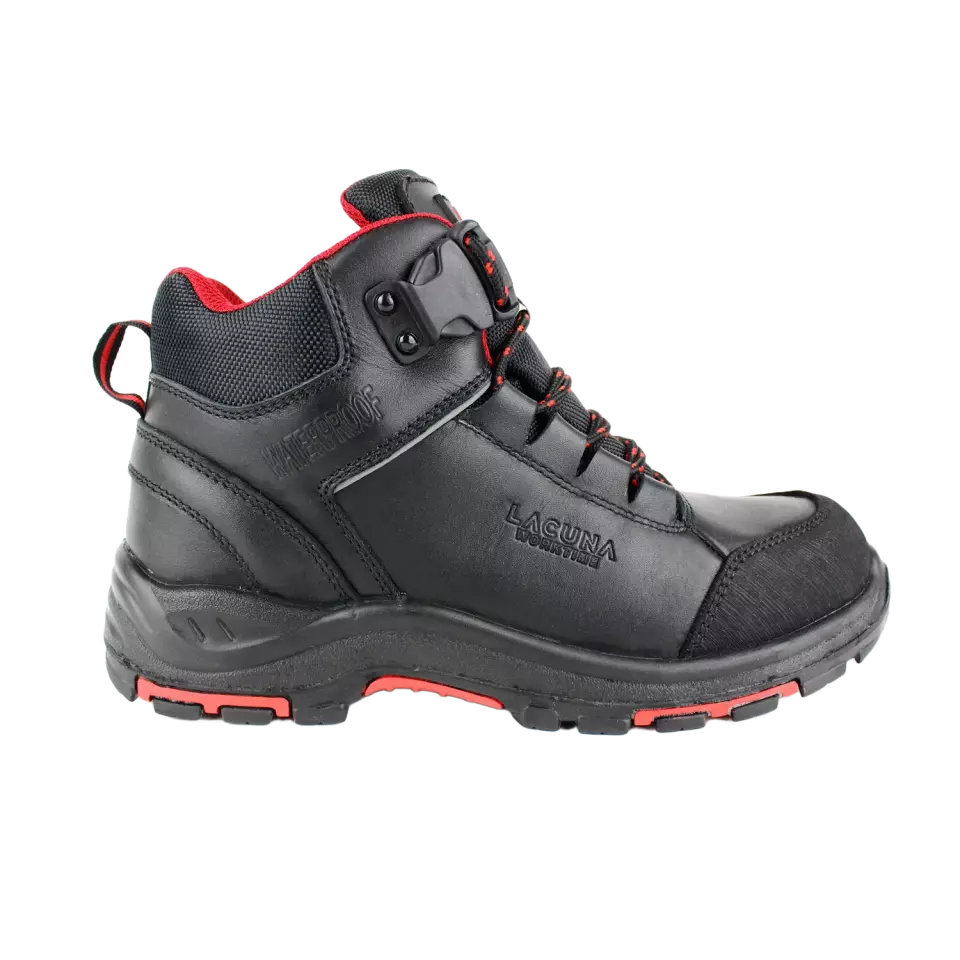
Features You'll Love

Outsole Properties · Shock Absorbing
Shock-absorbing soles provide cushioned comfort, reducing impact and foot fatigue for all-day wear.

EN 20345 · WR
This footwear is resistant to water penetration for the entire shoe, not just the upper material. It keeps your feet dry from splashes and in damp conditions, making it ideal for working outdoors or in wet environments.
55,16 €
Choose size
Shipping fee is 7,95 € for orders under 80,00 €
Features You'll Love

Outsole Properties · Shock Absorbing
Shock-absorbing soles provide cushioned comfort, reducing impact and foot fatigue for all-day wear.

EN 20345 · WR
This footwear is resistant to water penetration for the entire shoe, not just the upper material. It keeps your feet dry from splashes and in damp conditions, making it ideal for working outdoors or in wet environments.
Product description
Description: High safety shoe
Upper: waterproof cow leather
Insole: anatomic, removable, memory foam based
Lining: water-resistant and breathable multilayer membrane in combination with 3D mesh
Sole: double density, PU/ NITRILE RUBBER, resistant to high temperatures up to 300°C
Technical features: O2, SRC, WR, HRO, CI, HI, ESD
Special features: metal free, Quick Release system
Standard: EN ISO 20347: 2012, EN 61340-5-1: 2016 ESD
Avaibile sizes: 36-48
Barcode: 3856024207997
Unite of measure: pair
Packaging/minimum order quantity: 1
Full box quantity: 10